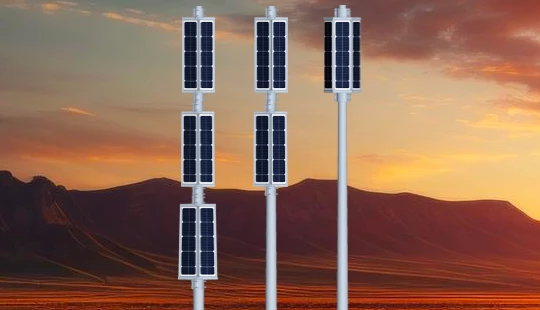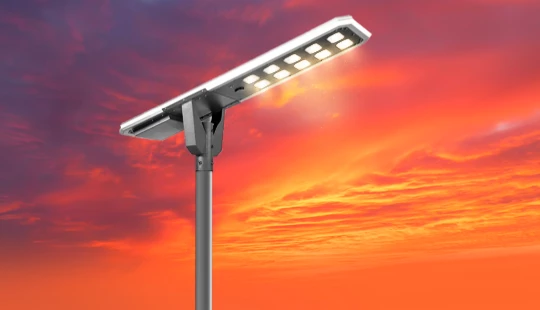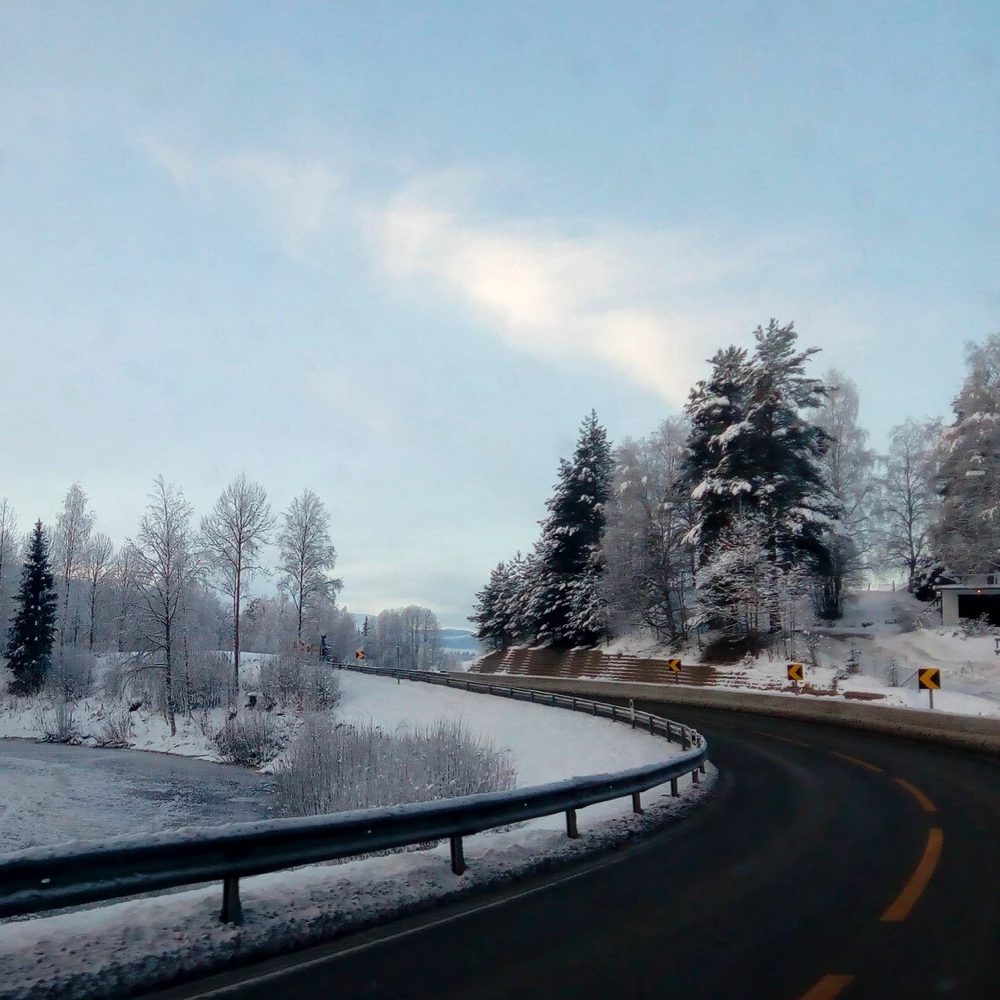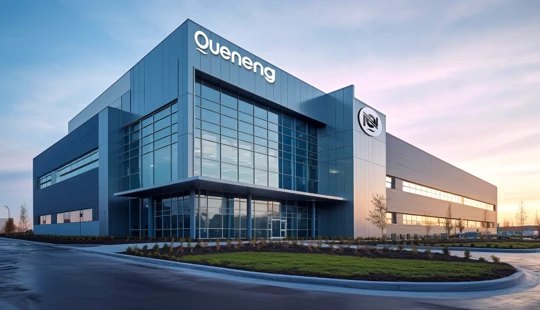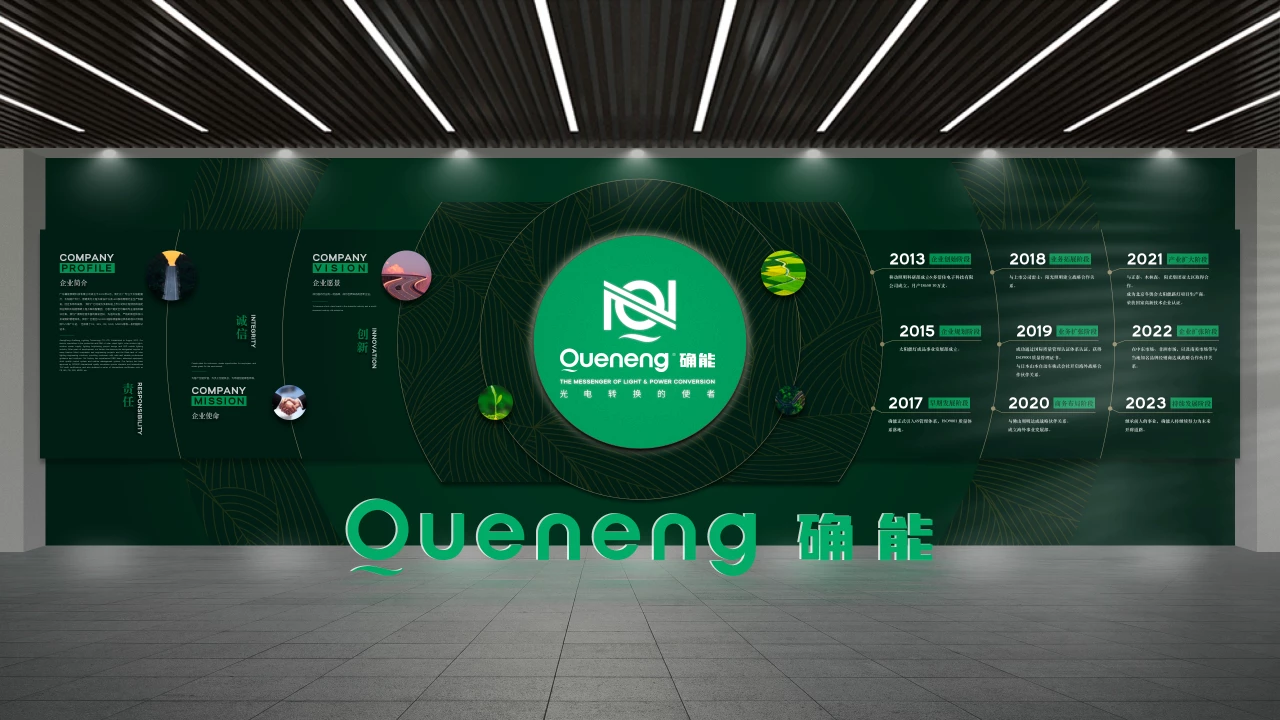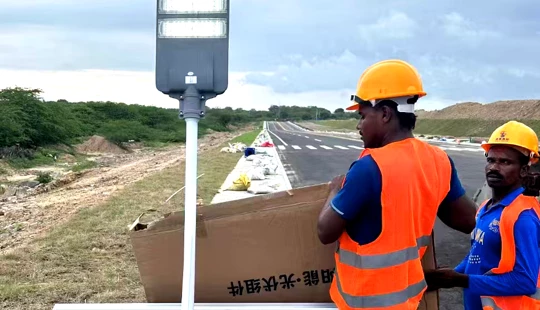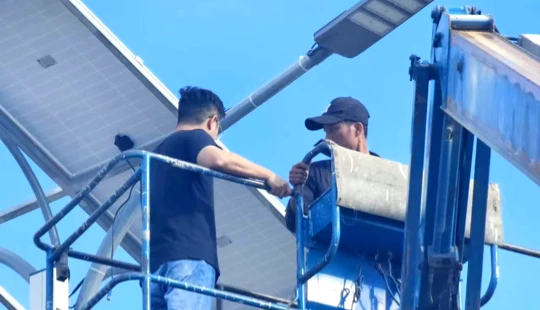custom Queneng solar lighting projects Nigeria | Insights by Quenenglighting
Navigating Custom Solar Lighting Projects in Nigeria: Your Procurement Guide
Nigeria, with its abundant sunshine averaging 5.25 kWh/m² of daily solar insolation and a significant portion of its population lacking reliable grid access, presents a unique and burgeoning market for solar lighting. For professionals looking to procure custom solar solutions, understanding the nuances is crucial for a successful and sustainable investment. This guide addresses the top five questions often raised by discerning buyers.
How Do I Ensure the Durability and Reliability of Solar Lighting Systems in Nigeria's Climate?
Durability is paramount given Nigeria's diverse climate, from humid coastal regions to arid northern zones. Key factors to consider include:
- High-Efficiency Solar Panels: Opt for monocrystalline panels with at least 18-20% efficiency, ensuring maximum energy harvest even on slightly overcast days. Reputable brands typically guarantee less than 0.5% degradation per year after the first year, providing consistent performance for over 25 years.
- Robust Battery Technology: Lithium Iron Phosphate (LiFePO4) batteries are the industry standard for longevity and safety in solar lighting. They offer 2,000 to 6,000+ charge cycles, significantly outperforming traditional lead-acid batteries. Ensure the battery capacity provides at least 3-5 nights of autonomy to cope with extended cloudy periods or high usage.
- Advanced Charge Controllers: MPPT (Maximum Power Point Tracking) controllers are essential as they optimize the power output from the solar panel to charge the battery efficiently, increasing overall system performance by 15-30% compared to PWM controllers.
- High IP Ratings: All components, especially luminaires and battery enclosures, should have an ingress protection (IP) rating of at least IP65 to protect against dust, strong jets of water, and insects, crucial for Nigeria's often harsh environmental conditions.
- Anti-Corrosion Materials: Poles and fixtures should be made from galvanized steel, aluminum alloy, or other treated materials to resist rust and corrosion, especially in coastal areas.
What Are the Cost Implications and Potential ROI for a Custom Solar Lighting Solution in Nigeria?
While the upfront cost of custom solar lighting can be higher than traditional grid-powered or generator-fed systems, the long-term ROI is compelling:
- Reduced Operational Costs: Solar lighting virtually eliminates electricity bills and fuel costs associated with generators. This can lead to substantial savings, especially considering Nigeria's fluctuating grid tariffs and fuel prices.
- Lower Maintenance: Modern solar lighting systems are designed for minimal maintenance. With high-quality components, routine checks are often sufficient, reducing labor and spare part costs.
- Environmental Benefits: Beyond financial savings, solar projects contribute to corporate social responsibility (CSR) goals and reduce carbon footprint, aligning with global sustainability initiatives.
- Energy Independence: For locations with unreliable grid access (affecting over 80 million Nigerians according to World Bank data), solar lighting provides essential reliability and eliminates reliance on volatile power sources.
- Payback Period: Depending on the system size, usage, and local electricity costs, a custom solar lighting project in Nigeria can often achieve a payback period of 3-5 years, after which the electricity is essentially "free."
What Technical Specifications Should I Prioritize for Optimal Performance in My Nigerian Project?
Choosing the right specifications is vital for tailored performance:
- Luminaire Output (Lumens): Determine the required lux level for your application (e.g., street lighting, park lighting, security lighting) and select an LED luminaire with appropriate lumen output. Modern LEDs offer high efficacy, often exceeding 150-180 lumens per watt. Ensure proper light distribution patterns (e.g., Type II, Type III for roadways).
- Pole Height and Spacing: These depend on the desired light coverage and uniformity. Taller poles (6-12 meters for street lights) require higher lumen output but allow for wider spacing.
- System Sizing (Panel Wattage & Battery Capacity): This is critical and should be calculated based on the precise geographical location's solar insolation, daily operating hours, and required autonomy days. A common practice is to size the panel to charge the battery fully within 4-6 peak sun hours, accounting for system losses.
- Smart Control Systems: Features like dimming (e.g., 100% brightness for a few hours, then dimming to 30-50% for the rest of the night) and motion sensors can significantly extend battery life and reduce energy consumption, making the system even more efficient.
- Structural Integrity: For wind loads, especially in open areas, pole material thickness, base plate dimensions, and foundation design are crucial. Consult local engineering standards for wind speed ratings.
What Kind of After-Sales Support, Warranty, and Maintenance Should I Expect for My Solar Lighting Investment?
A custom solar lighting investment is long-term, and robust after-sales support is non-negotiable:
- Comprehensive Warranty: Expect at least a 5-year warranty on the complete system (luminaire, battery, controller) and a 10-25 year warranty on solar panels. This demonstrates manufacturer confidence in their product quality.
- Installation Support: The supplier should provide detailed installation manuals, technical drawings, and potentially on-site supervision or training for local installation teams.
- Maintenance & Troubleshooting Guides: Clear instructions on routine checks (e.g., cleaning solar panels, checking connections) and common troubleshooting steps are essential.
- Availability of Spare Parts: Ensure the manufacturer can supply replacement parts (especially batteries and controllers) for the expected lifespan of the system.
- Remote Monitoring (Optional but Recommended): For large-scale projects, systems with remote monitoring capabilities allow for real-time performance tracking, fault detection, and predictive maintenance, minimizing downtime.
- Local Support Network: A supplier with a local presence or strong partnerships in Nigeria can significantly expedite support and service.
Conclusion: The Quenenglighting Advantage
For your custom solar lighting projects in Nigeria, partnering with a specialist like Quenenglighting offers distinct advantages. Quenenglighting prides itself on delivering bespoke, high-performance solar lighting solutions meticulously engineered for Nigeria's demanding environment. We leverage cutting-edge LiFePO4 battery technology, high-efficiency monocrystalline solar panels, and intelligent control systems to ensure unparalleled durability and reliability. Our commitment extends beyond product delivery; we offer comprehensive technical consultation, detailed system sizing, and robust after-sales support to guarantee your investment's long-term success and optimal return. With Quenenglighting, you're not just buying lights; you're investing in a sustainable, efficient, and reliable energy future tailored specifically for your needs in Nigeria.

Have more questions about our products or services?
The latest hot news you might like

Discover how solar panels power street lights, exploring the technology behind solar energy conversion, storage systems, and how solar-powered street lights are revolutionizing urban and rural lighting solutions.

Learn how AC Solar Hybrid Street Lights work, their advantages, disadvantages, system behavior in low-sunlight conditions, and why hybrid technology is ideal for regions with unstable sunlight.

Municipalities around the world are increasingly adopting solar-powered streetlights as part of their urban development strategies. Rising energy costs, the need for sustainable infrastructure, and government green initiatives are driving cities to switch from traditional street lighting to advanced LED solar streetlights.
Queneng Lighting provides municipalities with cost-effective, energy-efficient, and durable solar lighting solutions, ensuring safe and sustainable public spaces.
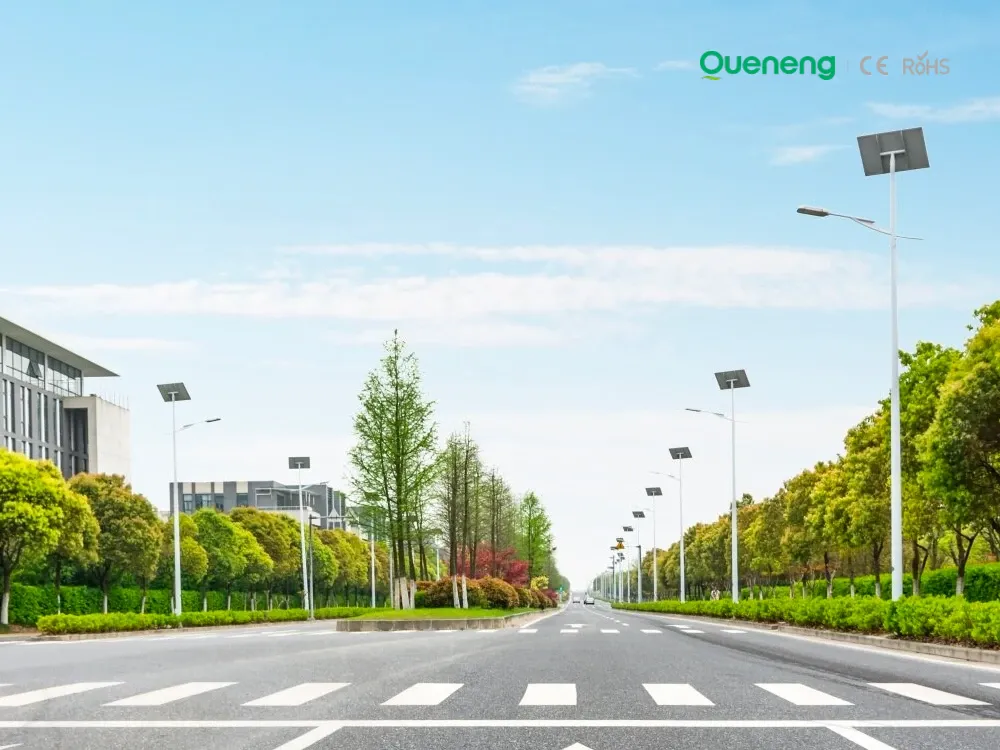
In recent years, the purchase of solar streetlights for municipalities has become a growing trend across the globe. Local governments are under pressure to reduce public expenditure, promote green energy, and create safer communities. Solar streetlights provide a reliable, cost-effective, and sustainable solution that meets these needs. Queneng Lighting, as a leading solar street lighting manufacturer, has supported multiple municipal projects worldwide with customized and energy-efficient solutions.
FAQ
Split Solar Street Light
Is split solar street light better than all-in-one?
For large-scale or professional projects, yes. Split systems offer higher power capacity and better adaptability.
Battery fundamentals and basic terms
What are the main structural components of a lithium-ion battery?
Battery Performance and Testing
What is high temperature and high humidity test?
After the battery is fully charged, store it under certain temperature and humidity conditions for several days. During the storage process, observe whether there is any leakage.
The high temperature and humidity test for lithium batteries is: (national standard)
Charge the battery with 1C constant current and constant voltage to 4.2V, with a cut-off current of 10mA, and then put it in a constant temperature and humidity box at (40±2)℃ and a relative humidity of 90%-95%. After leaving it for 48h, take the battery out and put it in (20 Leave it aside for 2 hours at ±5)°C. Observe that there should be no abnormality in the appearance of the battery. Then discharge it to 2.75V at a constant current of 1C, and then perform a 1C charge and 1C discharge cycle at (20±5)°C until the discharge capacity Not less than 85% of the initial capacity, but the number of cycles should not be more than 3 times.
What are the main aspects of performance commonly referred to as secondary batteries?
Solar Street Light Luqing
How bright are solar street lights?
Solar street lights are equipped with high-efficiency LED lights that provide bright, consistent illumination. The brightness typically ranges from 2,000 to 12,000 lumens, depending on the model, providing clear and effective lighting for streets, parks, and public areas.
Solar Street Light Luyi
Can Luyi solar street lights be integrated into smart city infrastructure?
Yes, Luyi solar street lights can be integrated into smart city infrastructure. With their advanced control systems, they can be connected to a central monitoring system for real-time performance tracking, remote control of lighting schedules, and energy management. This integration helps optimize energy use and allows for easy maintenance and monitoring of large-scale installations.
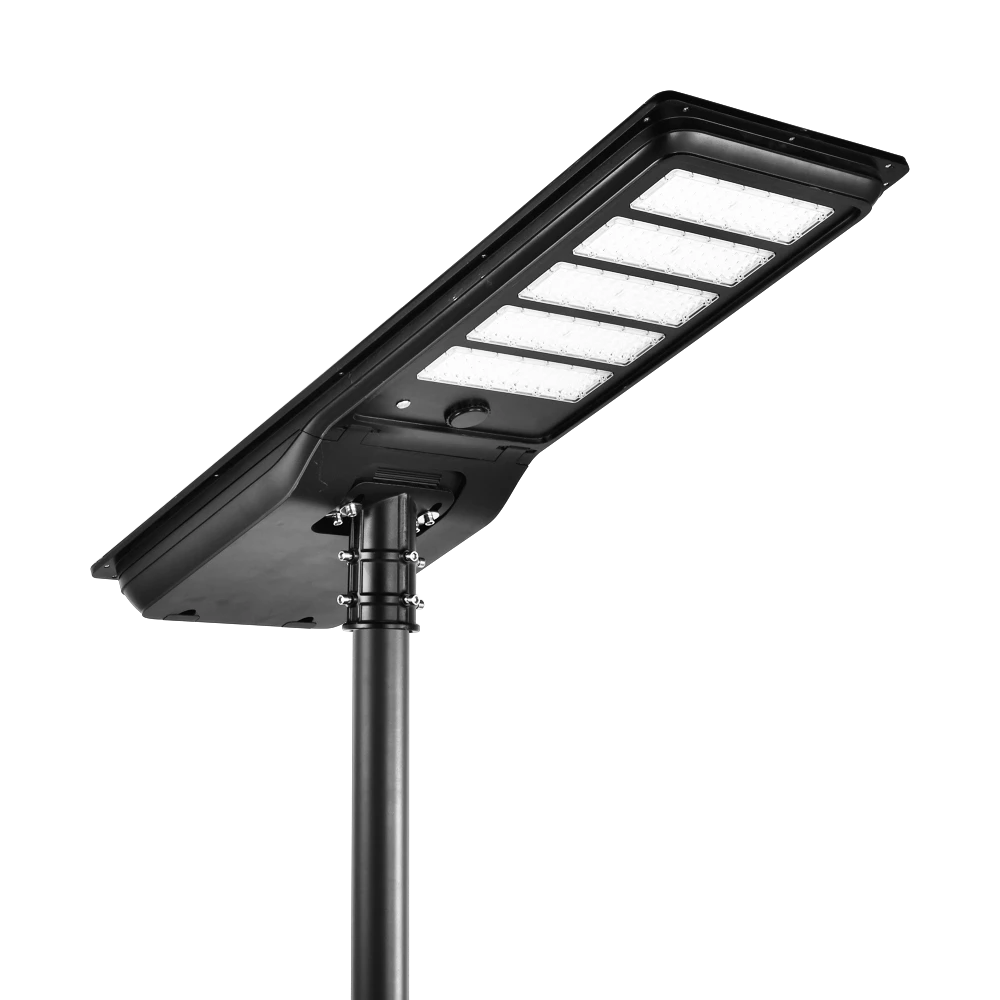
High-efficiency all-in-one solar street light with a monocrystalline solar panel and LiFePO₄ battery. Delivers brighter illumination, wider outdoor coverage, and safer lighting performance for streets and public areas.

Lubai is an integrated solar street light designed for stable, long‑term outdoor lighting in off‑grid and weak‑grid areas. Combining a high‑efficiency solar panel, LiFePO₄ battery, and intelligent motion sensing, Lubai delivers reliable illumination with low maintenance and fast installation.
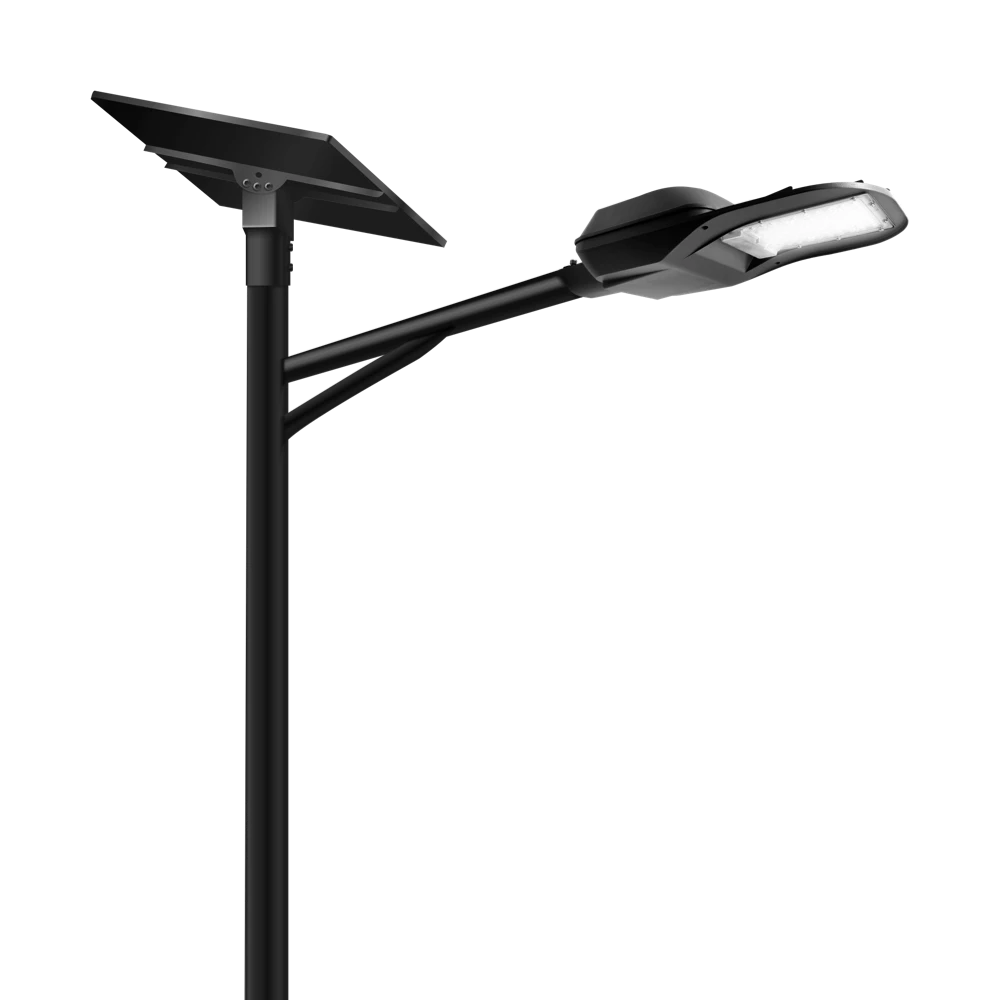
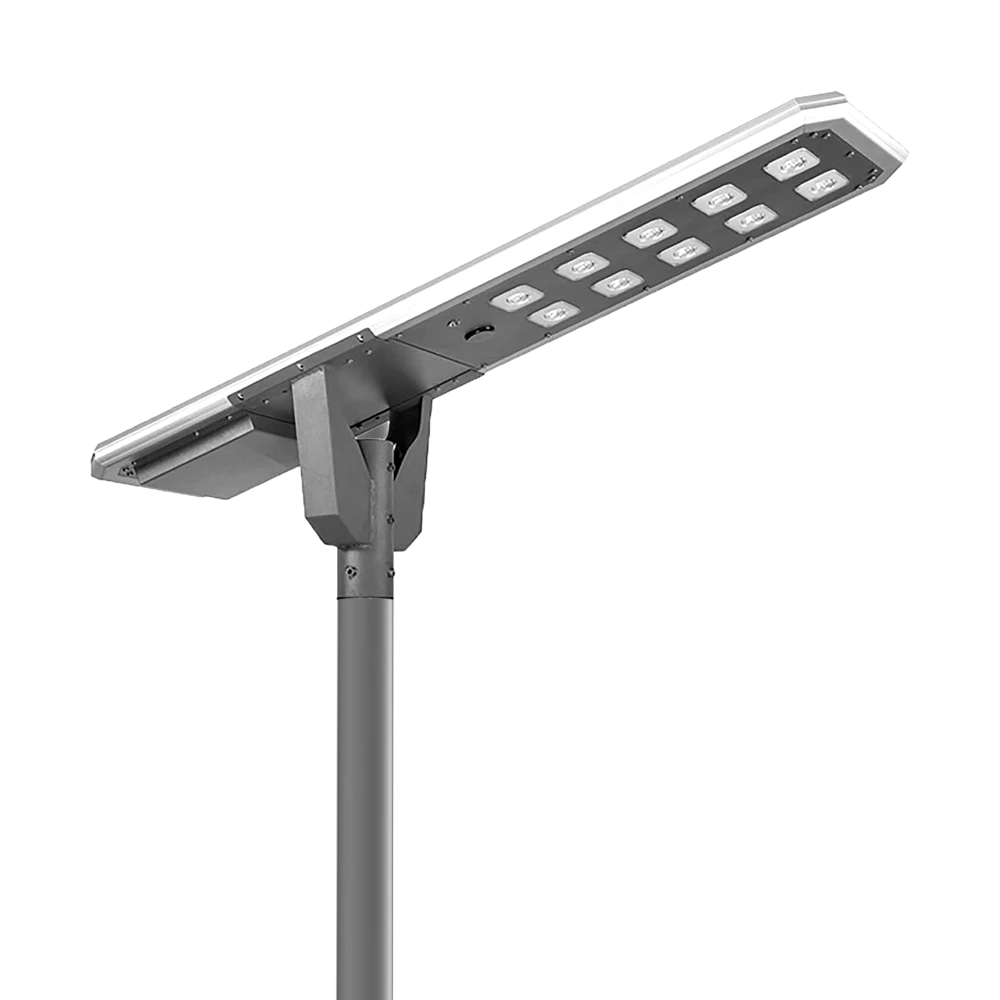
Illuminate your outdoor spaces with the Solar Street Light, a cutting-edge solution combining advanced solar technology and energy-saving LED lighting.
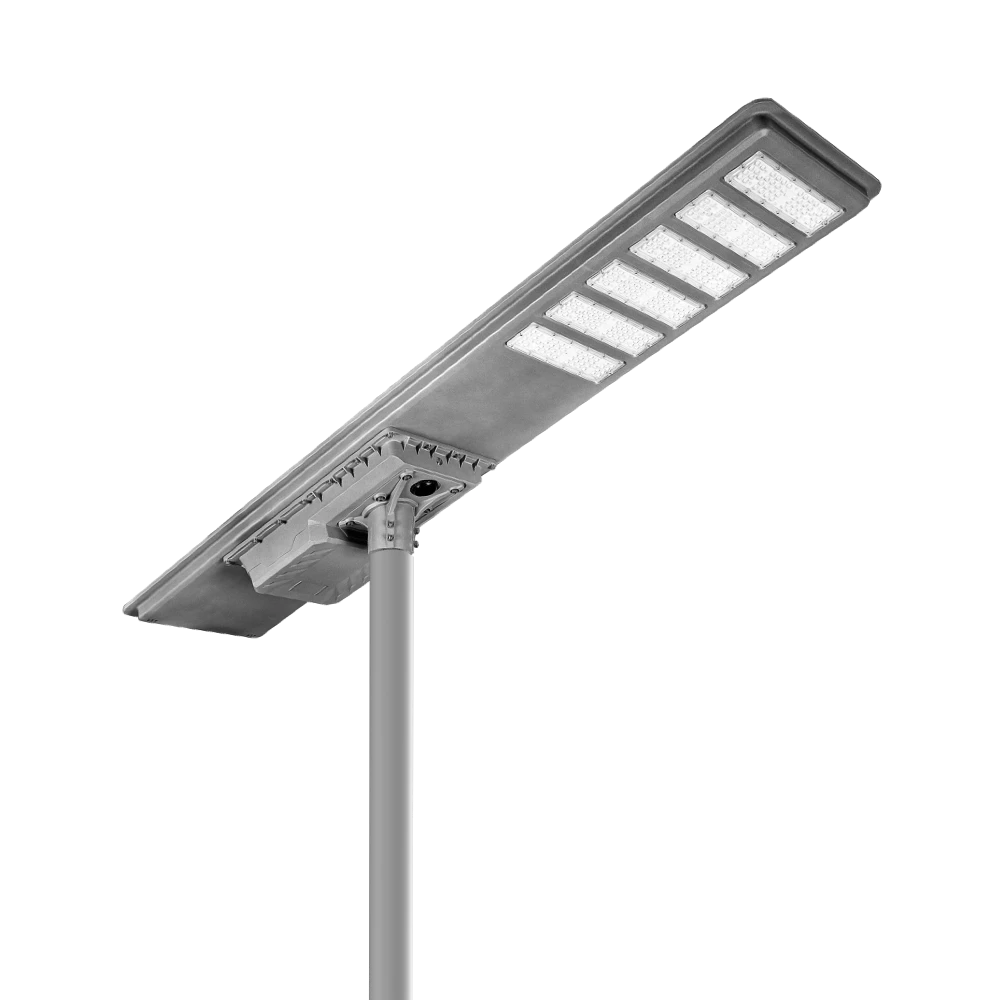
Queneng's Luqiu Innovative Solar Street Light offers energy-saving, durable outdoor lighting. This solar power street light provides a reliable and eco-friendly solution for illuminating your streets and pathways.
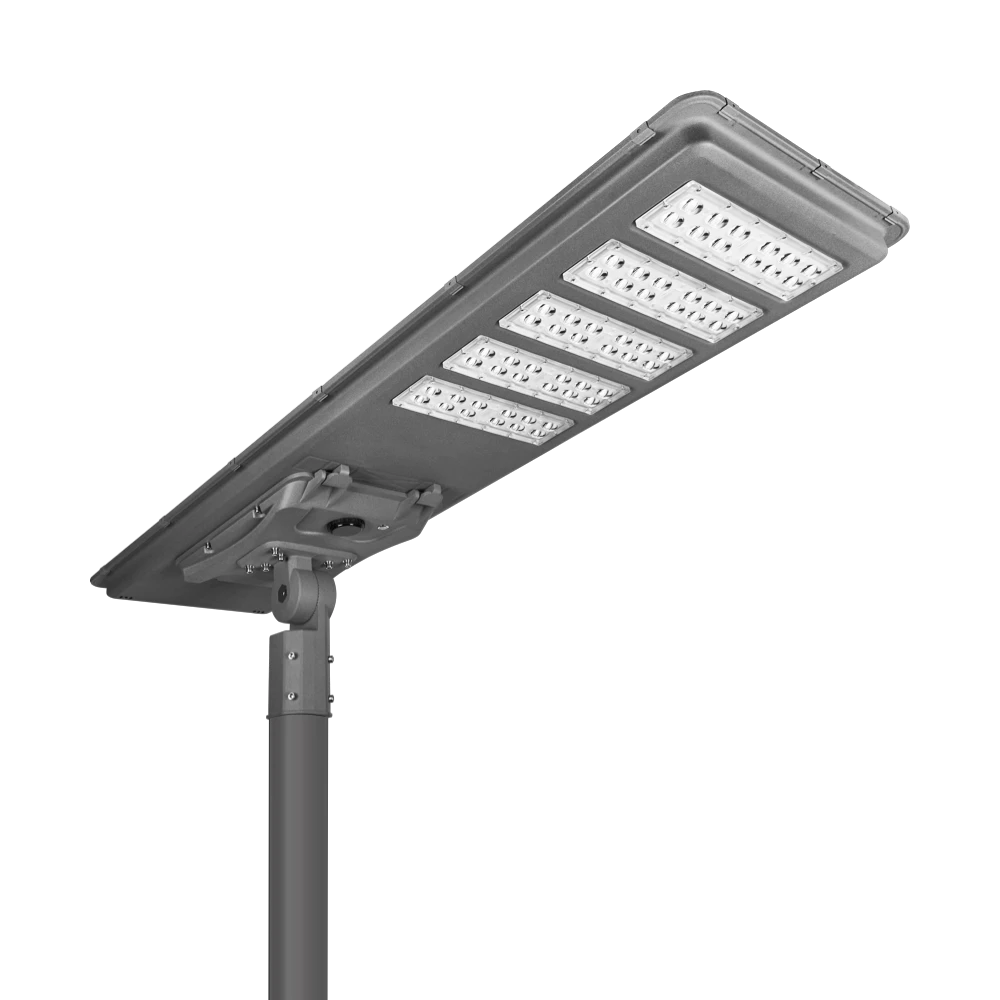
Discover the Lulin High-Performance Solar Street Light by Queneng, a durable and energy-saving outdoor lighting solution. Designed for efficiency and reliability, it harnesses solar power to sustainably illuminate streets and pathways. Optimize your outdoor spaces today with Queneng's innovative solar street lighting technology.
If you would like more information about Queneng solar lighting solutions, please send us a message by filling out the form below. Our professional team will get back to you within 24 hours!
Rest assured that your privacy is important to us, and all information provided will be handled with the utmost confidentiality.
Schedule a Meeting

Book a date and time that is convenient for you and conduct the session in advance.
Have more questions about our products or services?

